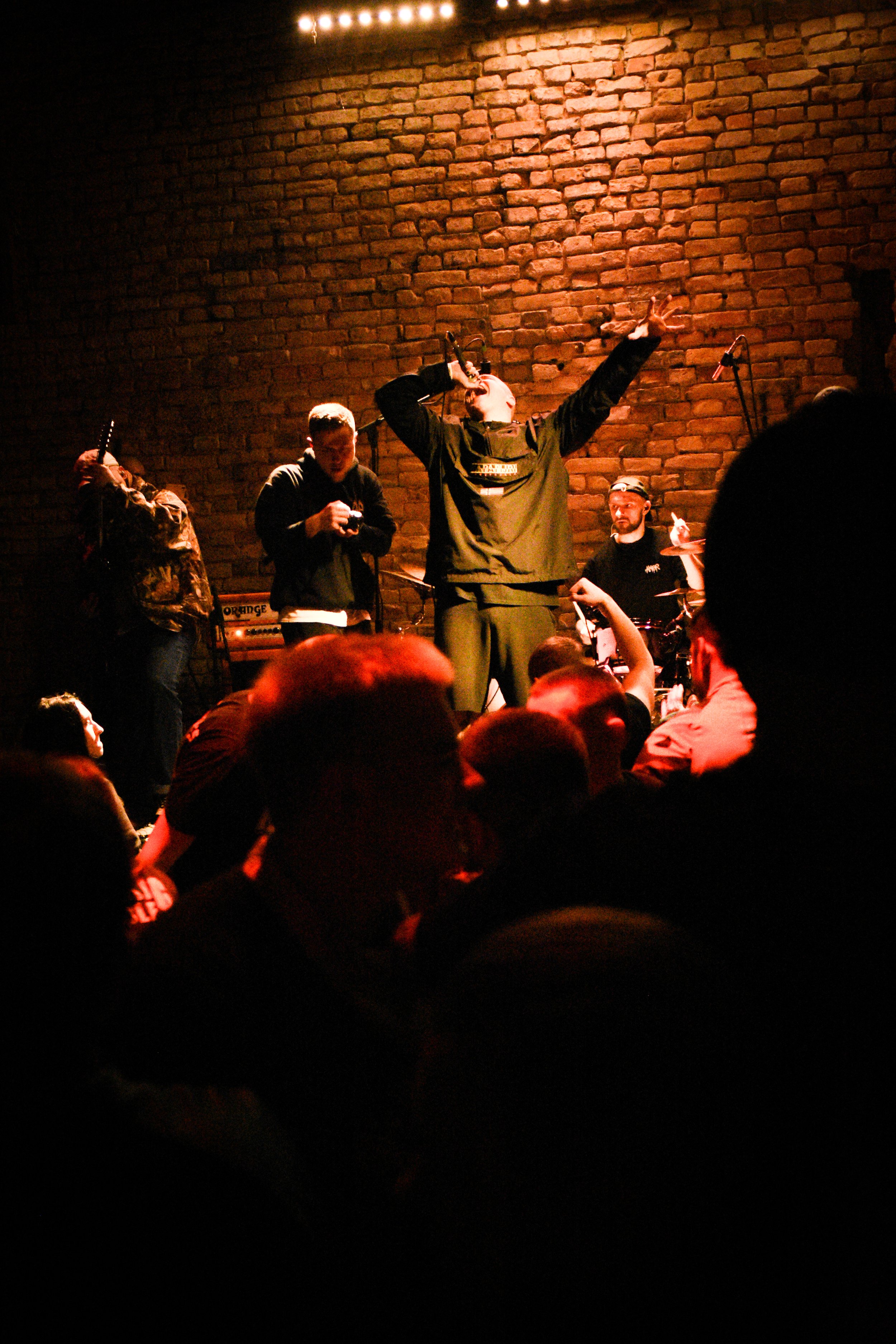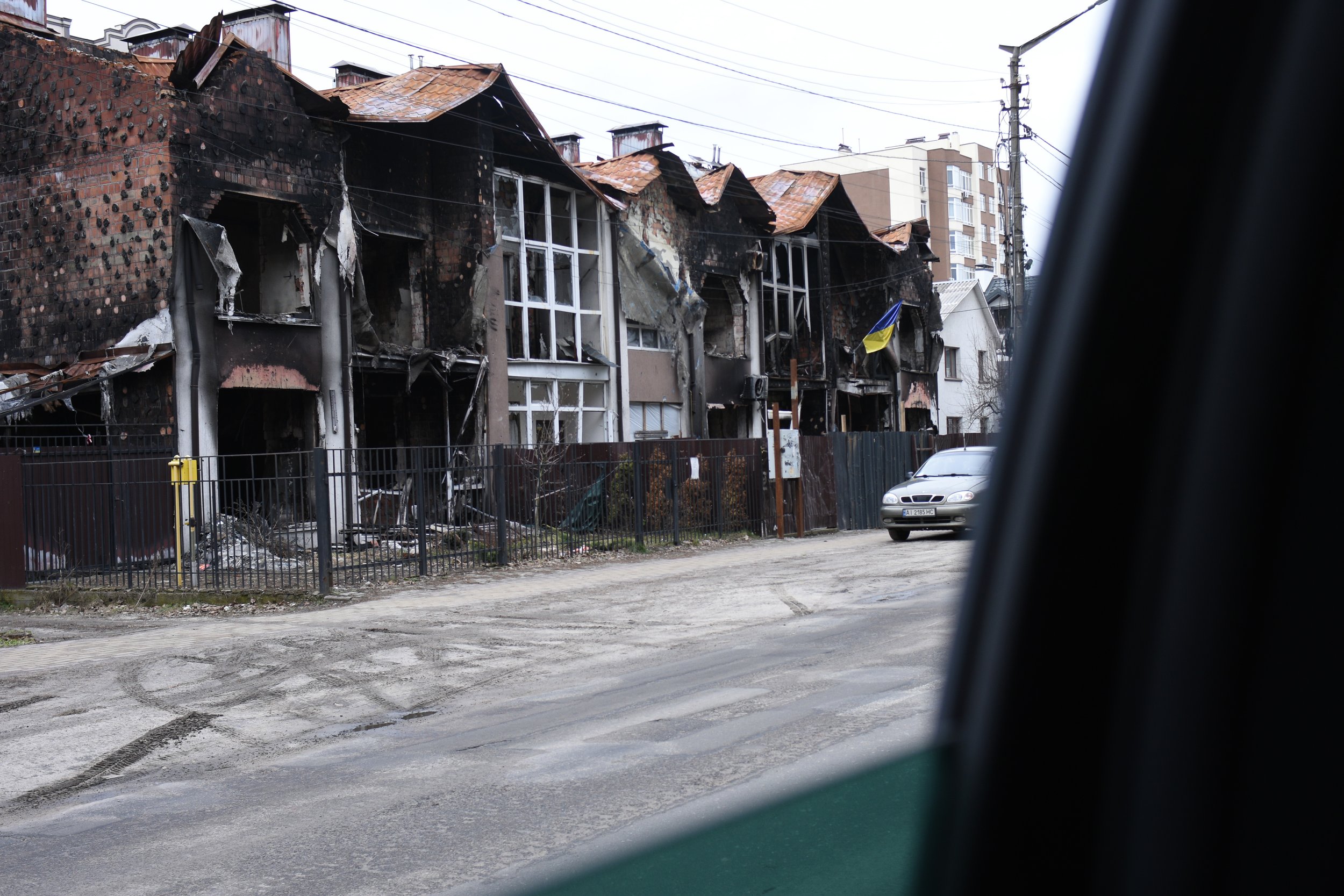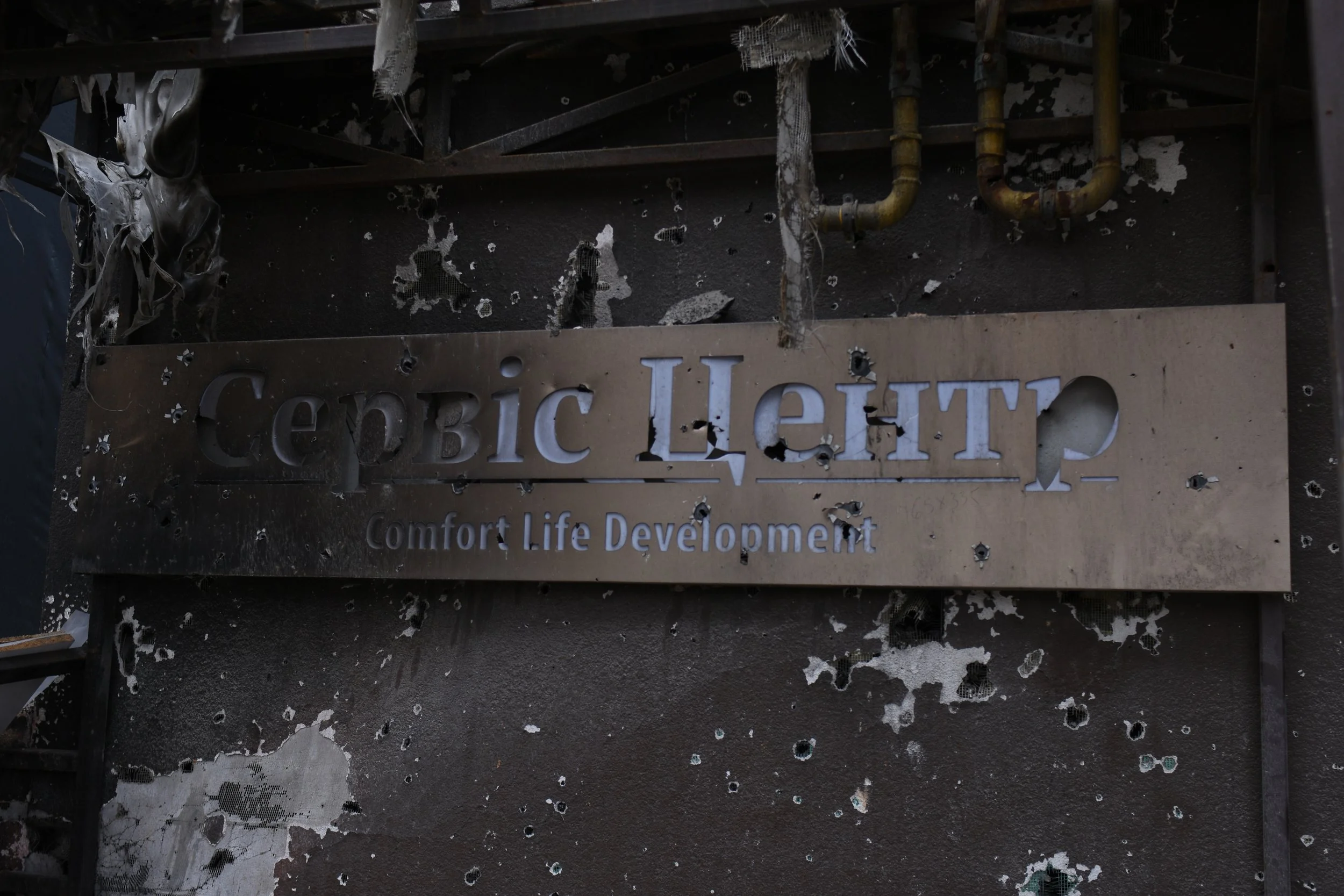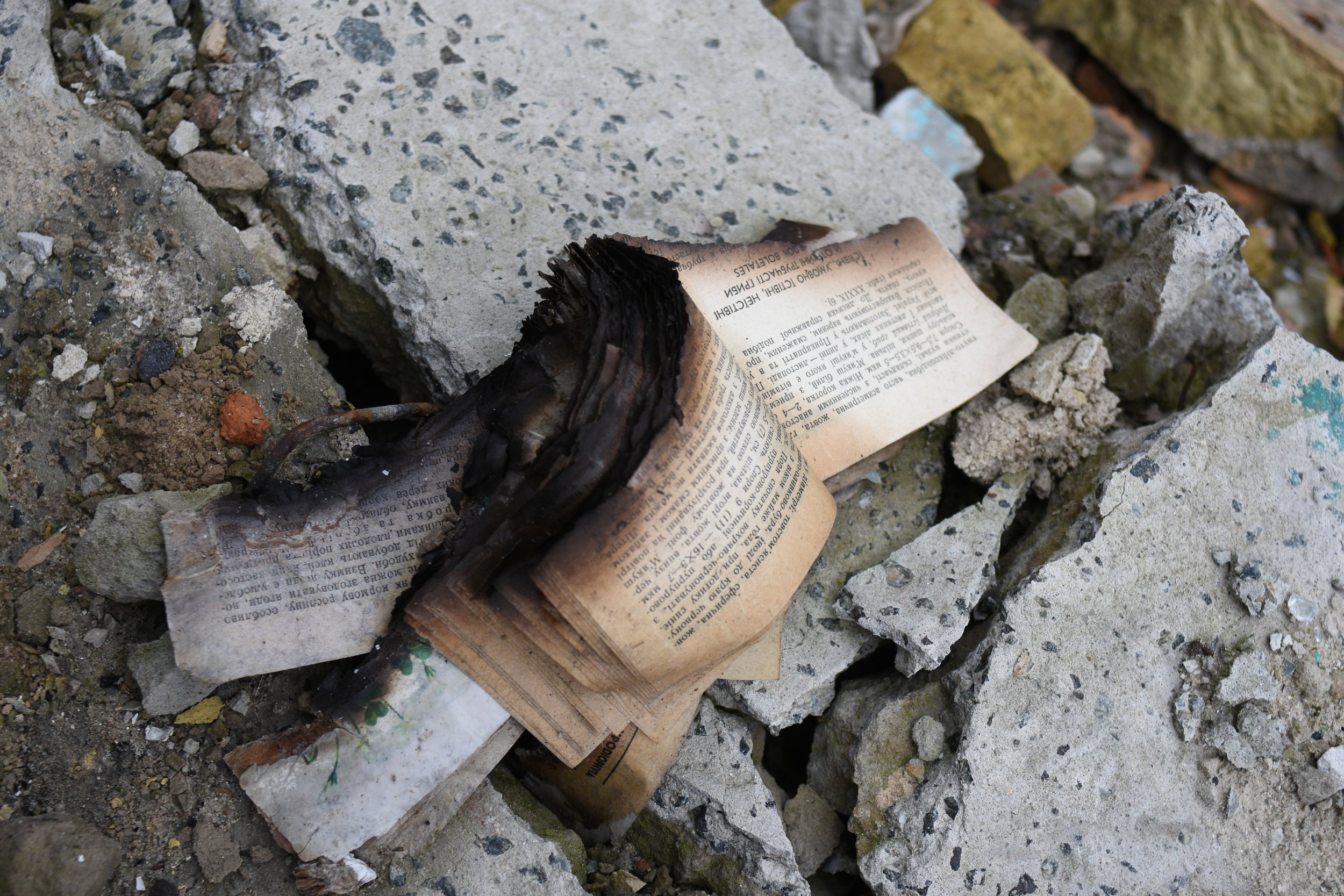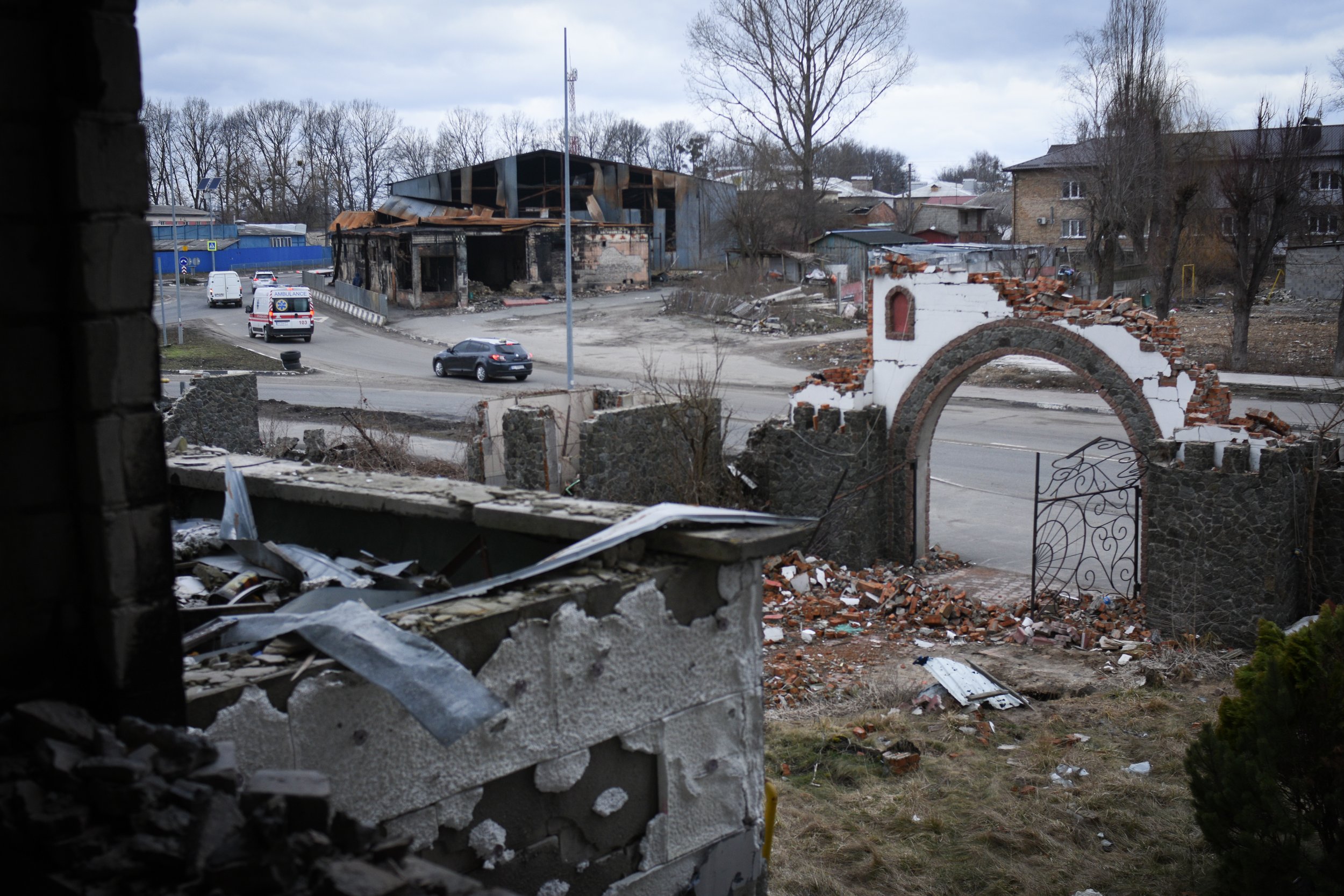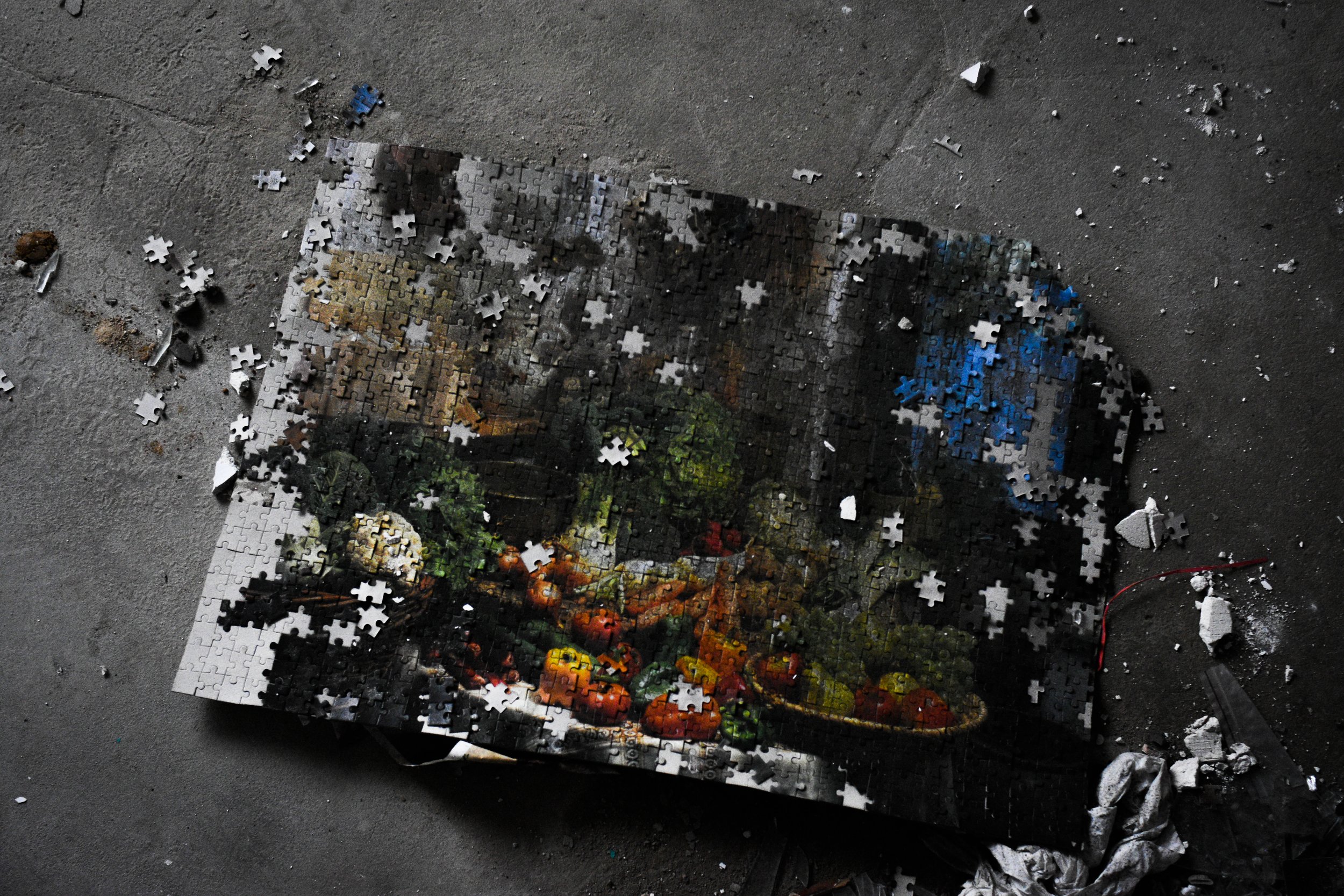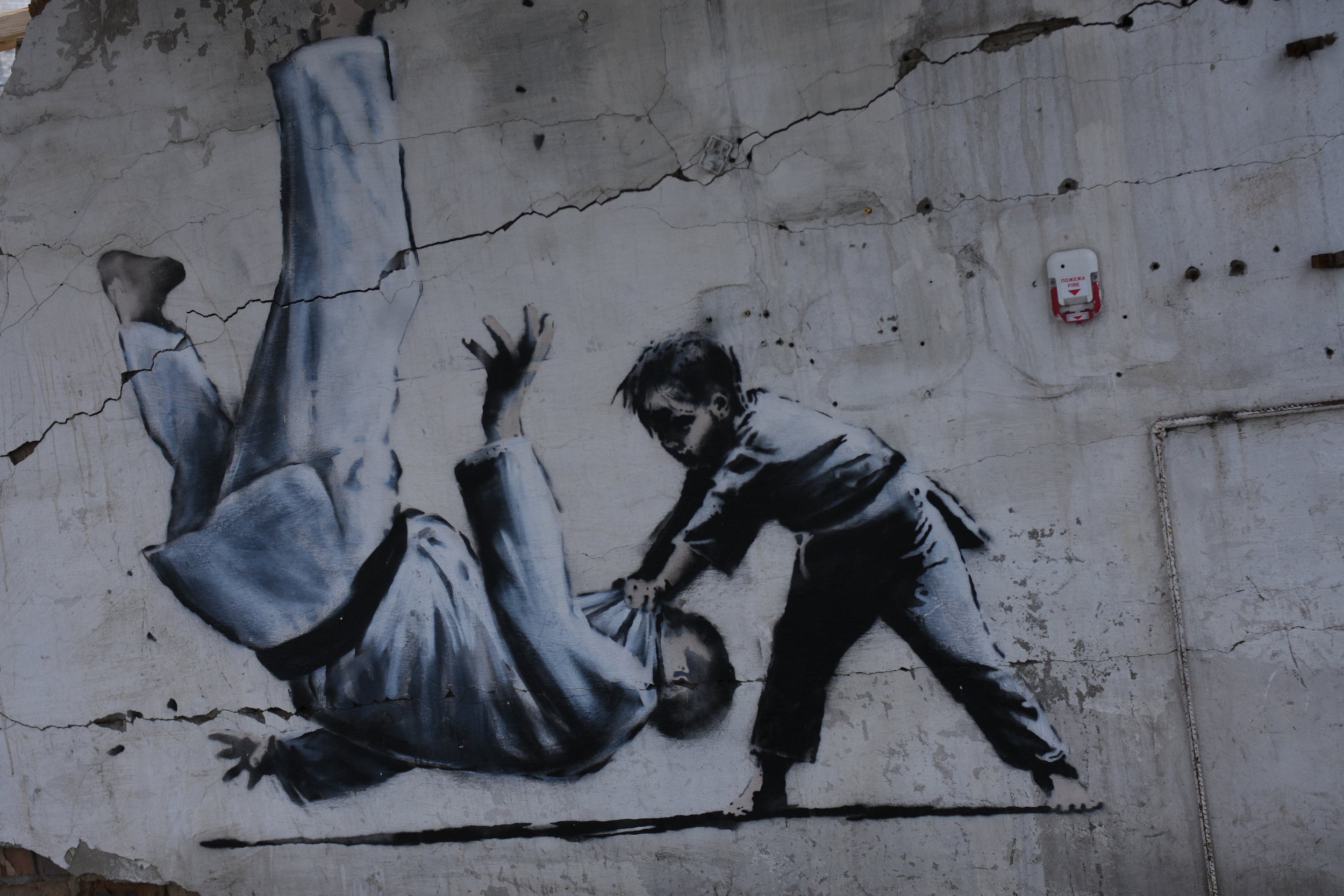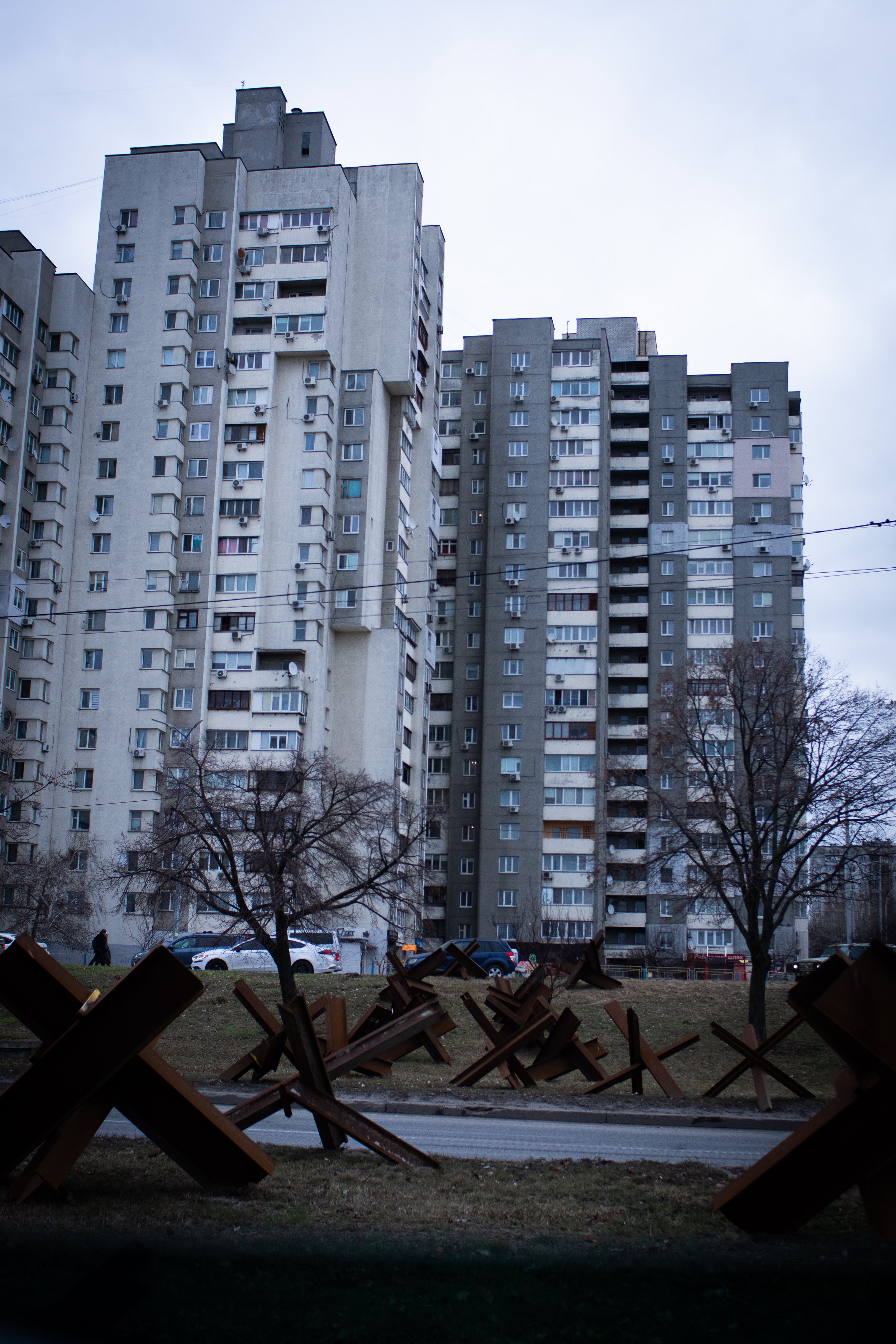The Upside-Down Reality of War in Ukraine
We Americans often take for granted distances when comparing our country to our neighbors across the ocean. Many European countries are as tightly connected as some of our states. From where I live near Glenwood Springs, Colorado, it takes me 3 hours to get to Denver. This is the same driving-distance it took me to travel from Warsaw, Poland across to the border of Ukraine earlier this year. When considering the stark contrast of Poland’s peaceful countenance compared to the eerie weight of Ukraine’s devastating war that I felt immediately after crossing the border- the absurdity of it all was put into perspective. But the proximities between peace and war were not the only absurd thing I noticed on my trip.
The war also highlighted the bizarre relationship with technology taking place on the battlegrounds: in America, I could watch violent combat footage on my Instagram account, minutes after it took place on the ground in Ukraine. Closer still, as I sat eating at fancy restaurants in Kyiv, I could watch these same violent video clips taking place less than an hour away: the kind of distance I commute to work every morning. Seeing upper class civilian neighborhoods leveled by cruise missiles is a scene I still have not wrapped my mind around. And in Kyiv, wealthy young couples walked around dressed fancy for date night- seemingly oblivious to the war waging around them; while working class soldiers returned from the front line, battered and broken- with hardly a thanks.
I have been heavily invested in Ukraine’s war with Russia at an emotional level since it began in Feb 2022. I was eager to see the situation on the ground for myself when I finally agreed to meet up with some foreign fighters I had been in correspondence with all year. What I saw on my trip made me realize just how absurd the entire war is, and I was left more confused than when I first came.
The one aspect about the war that I have yet to hear discussed much- is the classist element to Ukraine’s fighting force. We know Russia’s invasion force consists of many lower-class, poor conscripts forced to fight; this is especially true as the war continues, and original volunteers are dying. But what we don’t hear about much, is the fact that many of Ukraine’s forces are made up of the lowest class of citizens. As one foreign fighter told me, “It’s crazy, the wealthy young men hide out in Kyiv, scared to defend the rich lives they have; while the poor farmers fight and die for the little that they own.”
Of course, this classist divide does not represent the entire population, as I’m sure there are many upper class people fighting. Still, the divide is clearly visible to a foreign tourist like myself. A local women explained to me how when the war began- the government was trying to force the young men to fight and defend their country. One alternative to this, was to join the police force (a far less dangerous job, and almost guaranteed to avoid front-line battles). When the war began, the number of enlisted police officers sky-rocketed: and its no coincidence, among its members included a lot of men from the bigger cities, and presumably, higher class standing.
While having lunch in Kyiv one day, two foreign fighters I was with got into a heated argument with a rude Ukrainian man when they asked for directions and he turned his nose up at them. Afterwards, one of the foreign fighters lamented, “I feel like all the good Ukrainians are dying in the trenches, and only these rich assholes are going to be left to rule the country after this war is over.”
While on my visit, I stopped by Bucha and Irpin- towns just on the outskirts of Kyiv- infamous for the massacre that took place there at the start of the war. I had seen footage of this place while in the United States, but seeing it in person was incomprehensible. Just a few hundred yards from a high class apartment building that had been leveled by a Russian cruise missile- stood a new McDonalds restaurant with cheerful, parka-wearing children running around outside.
On this day, we continued on our journey, finding artwork from the famed UK underground graffiti artis known as Bansky scattered among the ruble from Russia’s destruction. The buildings were still destroyed, but protective barriers were put up in place to keep the art out of the weather. Such a strange priority, I thought, to protect graffiti art in the middle of a warzone.
Before I left, I walked down into a Russian bunker, dug under a sidewalk next to the popular highway, bordered by the fancy apartment. It had stood dormant here for many months. For some reason when I decided to walk inside of it- I found a piece of discarded Russian body armor lying on the ground. No one bothered to pick it up, until me- an American tourist- saw it.
I was eager to leave the country on the 22nd, due to the rumors of renewed Russian attacks planned on the anniversary of the invasion, on the 24th. Nothing about the journey made sense to me: the high-class civilian shelters clearly targeted by weapons meant to be used against soldiers. High-end artwork among death and chaos. Wealthy people enjoying life, while the poor people fought to defend it. Like some upside down reality, I have tried to reconcile the absurd contradictions I witnessed while there.
I don’t have any answers yet, I am just grateful for the hospitality I received during my time in the beautiful country, among its beautiful people.
